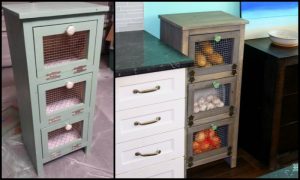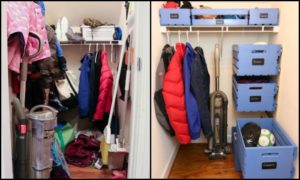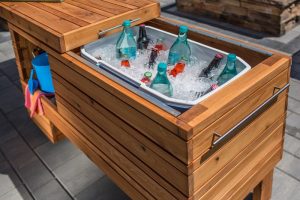Last Updated on November 7, 2022 by teamobn
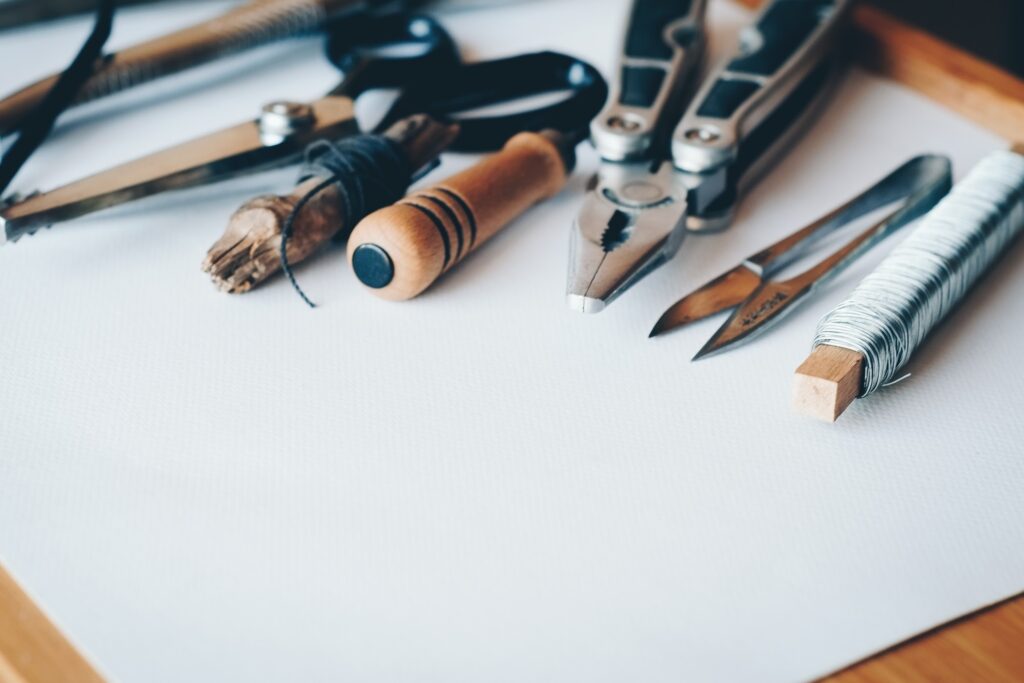
It’s no secret that home improvement projects have picked up a lot of steam over the past few months. With the sales of tools and other implements of home improvement soaring, it seems homeowners and DIY enthusiasts alike are using this time to work on their homes, build something entirely new or simply take on something they’ve had on the back burner for a while.
DIY projects aren’t just useful—after all, there’s nothing quite like learning a new skill or the satisfaction of building something on your own—they’re a great way to reduce stress, save some money and make you more self-reliant.
Every home improvement or DIY project requires the best possible tools to complete the job correctly while helping you save time and money in the process. The last thing any homeowner wants is the potential frustration or other headaches caused by using the wrong tool for the job.
Whether you’re looking to spend some time on home improvement or seeking to hone your DIY skills, here are some tips for making your next project fun and practical, without breaking the bank.
Determine the cost and scope of your project before you begin
Careful and proper planning is a vital part of any project. First, you’ll want to budget for time, tools and materials. Kicking off your plan with a good budget will help you determine how to proceed with your project.
NerdWallet suggests creating a spreadsheet containing all of the items you’ll need for the project and their approximate cost, but a simple handwritten list and a calculator will work just as well. It’s always a good idea to add a little more than you may expect to spend just in case you need to buy more materials at any time during the project.
Project scope is another important consideration at the planning stage. Determine how big the project is going to be, what type of skills you’ll need, and whether you’ll need to have a friend come by to assist if needed. No one wants to waste their time, so make sure you read up and conduct thorough research on your project to be sure it’s something you’ll be able to comfortably complete.
Select the tools best suited to your project
As Popular Mechanics is quick to note, selecting and acquiring tools is all part of the fun of home maintenance, home improvement and DIY. It’s certainly important for the handy homeowner’s toolbox to contain the essentials: a tape measure, a good level, a hand saw, sandpaper (or a power sander), not to mention an array of other measuring tools.
Beyond these mostly manual tools, a good set of cordless power tools can make your life much easier.
There are plenty of options available, but some tend to work a little bit better than others. This is especially true when it comes to cordless power tools.
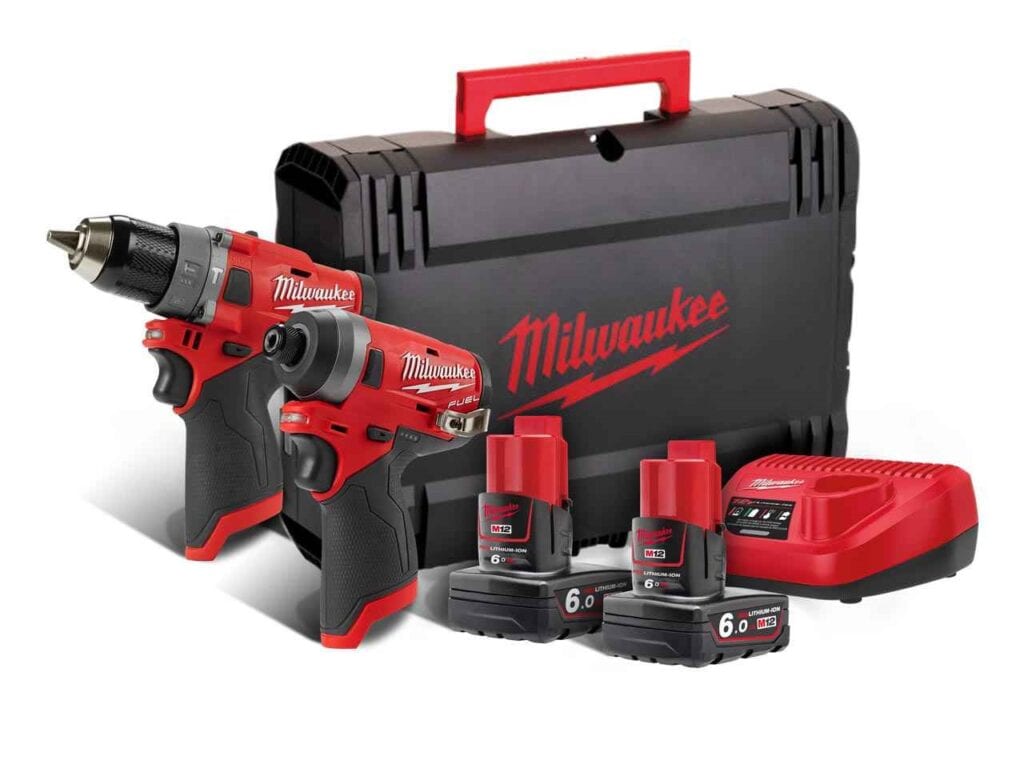
The Milwaukee M-12 System offers a sort of one-size-fits-all solution to any power tool dilemma. They’re sleek and easy to use, with superb battery life. The system is designed to be compact and modular, so it’s easy to select the right drill or saw for your project. The Milwaukee M-12 cordless ratchet is designed to work in tight spaces and most of the tools have built-in LED lights to help guide your portable work. For quick and easy projects, you can’t beat a good set of cordless power tools.
Don’t overlook the research and safety
A successful home improvement project requires not only the proper tools, but also a keen eye for detail and sensible precaution. Now that you’ve selected the tools best suited to your project and gotten all of those pesky planning details out of the way, you’re ready to get started on the project itself.
First and foremost, you’ll want to follow the safety recommendations for your tools, protect your eyes with goggles, and use other personal protective equipment where appropriate. When using tools like the Milwaukee M-12 system, remember to charge your batteries and follow the associated safety procedures.
Second, you should try to set up a safe space for your project and have all your tools readily available. Something as simple as double or triple-checking measurements or levelling can go a long way toward the successful completion of your project. Ensuring you aren’t wasting any of your materials throughout the project will save you time, energy, money, and the frustration of broken/damaged supplies.
Finally, knowing the limits of what you can and cannot comfortably do will help keep you safe and see you safely through to the successful completion of your next home improvement or DIY project. Don’t be afraid to roll up your sleeves, charge up your Milwaukee M-12 batteries, and get started today!



